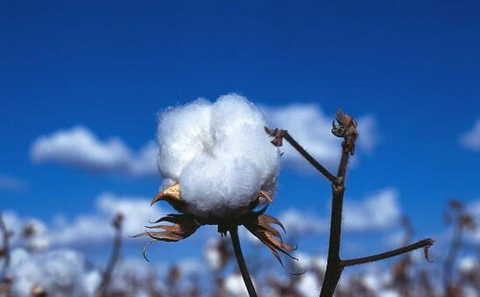According to statistics, in April 2016, the cumulative stock of reserve cotton was 568,000 tons, with a turnover ratio of 71.1%, and the transaction volume decreased by 62,000 tons from March. It is worth noting that the reserve price of reserve cotton at the end of April was 151 yuan/ton higher than that at the beginning of April, and the average transaction price rose by 646 yuan/ton, indicating that the auction traders showed a significant rebound in the auction and price increase of Xinjiang cotton in 2011-2013. The high quality and good price of reserve cotton is gradually recognized by textile mills, traders and ginning mills; in the middle and late April, some cotton processing enterprises and cotton merchants in Xinjiang also said that the performance of high and low quality cotton is even different. cotton On the one hand, cotton of “double 28†or more is not only relatively active in shipment, but the actual transaction price has increased by 200-300 yuan/ton; while the hand length of cotton with large length and large specific value of breaking strength is less than 26 After leaving the warehouse, it was almost forgotten by cotton companies and middlemen. Even if the ginning factory cuts the price by 300-400 yuan/ton, the buyer should have very few. According to industry analysis, due to the reserve price of reserve cotton, the correlation between domestic and foreign cotton prices is getting higher and higher, and the characteristics of mutual restraint, mutual support and mutual exclusion are outstanding. Not only the Xinjiang reserve cotton in 2011-2013 and the new cotton and beauty in 2016/17 Cotton, Australian cotton, Brazilian cotton, etc. are also "grabbing the runway" with high-quality reserve cotton and Xinjiang cotton. According to several foreign and Australian exporters, the Australian cotton in the May/6/July shipment period is not only concerned by China's large and medium-sized textile mills and importing companies, but also actively signed in India, Vietnam, Indonesia, Pakistan, Bangladesh and other countries. Buyers are not far behind, on the one hand because SM15/32'' Australian cotton is lower than C/ASM15/32'' US cotton 1.5-2 cents/lb, only 1-2 cents higher than EMOTSM15/32'' / lb, cost-effective, outstanding competitiveness; on the other hand, the 2016/17 global high-grade high-quality no "three silk" cotton supply shortages increased. According to the survey, as of the end of April, except for some Xinjiang cotton cargo rights have been transferred to the mainland textile mills (stored in the intra-continental warehouse or transport, the number is expected to not exceed 30% of the transit stock), foreign and cotton business enterprises become the remaining high quality The main body of high-grade Xinjiang cotton, while the ginning factory and the small and medium-sized traders in the Mainland have basically become spectators. More than 50% of the tradable Xinjiang cotton resources in 2016/17 are in the middle of the link, and the “gambling†market has risen sharply and at least profited. 500 yuan / ton is the consensus of large-scale cotton storage enterprises (some Shandong, Henan, Jiangsu cotton enterprises generally 2,000 tons or more). Although the domestic cotton "overall supply exceeds demand but structural contradictions exist", but whether it can make a big profit depends on the following three factors. First, the trend of the outer disk ICE determines the reserve price of the reserve cotton. Due to the substantial increase in cotton planting area in the northern hemisphere in 2017, the Fed’s return to interest rate hikes and the shrinking of the table, and the lack of cotton consumption in India, Pakistan and China, the ICE rebound is difficult to smooth. Second, the reserve pool in 2011-2013 Xinjiang cotton supply pressure is not big. From the statistical point of view, the Xinjiang cotton that entered the reserve in 2012 and 2013 accounted for more than 80% of the total output. The key is to see the relevant departments' grasp of the price and the volume of rotation; thirdly, the outer yarn, grey cloth, fabric and other The competitiveness of clothing is constantly growing. Recently, cotton prices in India fell to a new low since the beginning of March. The prices of yarns from Southeast Asian countries such as India and Pakistan fell first. The intraday price was also loose and oscillating. Once domestic cotton prices continued to rise, the domestic and foreign cotton yarns were narrowed. Even if it turns positive, the imported cotton yarn will once again hit the domestic small and medium-sized textile mills, and the consumption will decline. The appearance of the gap will be delayed or even will not appear. T/C Dress Fabric,Poly And Cotton Fabric,Polyester Cotton Blend,Polycotton Sheeting Fabric Shaoxing Yuezan Textile Co.,Ltd , https://www.yuezantextile.com
April 26, 2023